bunion doctor issaquah
Displaying items by tag: bunion doctor issaquah
Dr. Timothy Young, a Board-Certified Foot Surgeon discusses: Understanding Why Bunions Can Reoccur.
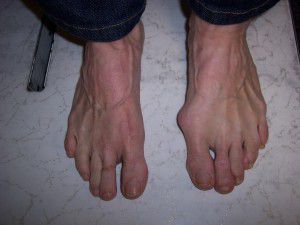
Bunions are a common foot condition that can cause pain, discomfort, and difficulty with footwear. They typically develop when the joint at the base of the big toe becomes misaligned, leading to a bony bump on the side of the foot. Although surgical correction can provide relief for many individuals, some individuals may find that their bunions come back or reoccur over time. Understanding the factors that contribute to bunion recurrence can help individuals take steps to prevent this from happening.
1. Genetics and Foot Structure
One of the primary reasons bunions can reoccur is because of genetics and foot structure. Some individuals are predisposed to developing bunions because of inherited foot shapes or structural conditions. Even after surgical correction, the underlying foot structure is still there and may still contribute to the gradual return of the bunion over time. A perfect example this is a juvenile onset bunion. We see patients who are teenagers who already have quite pronounced bunions. In this case they certainly inherited foot structure that makes them highly prone to this. This is commonly due to an underlying foot structure called metatarsus adductus. Pronation is another foot structure that is prone to bunions. The combination can be especially challenging, a pronated foot with metatarsus adductus.
2. Improper Footwear
Wearing tight, pointed, or high-heeled shoes can exacerbate bunion formation and contribute to their recurrence. These types of footwear by raising the heel cause extra pressure on the entire forefoot and place excessive pressure on the toes and can force the big toe joint out of alignment. Even after surgery, if individuals continue wearing these type of shoes, it can increase the likelihood of bunions coming back.
3. Post-Surgical Care
Proper post-surgical care is critical for preventing bunion recurrence. Following your surgeon's instructions regarding activity levels, wearing orthotic devices or splints, and attending follow-up appointments is essential. Failure to adhere to post-operative care guidelines can increase the risk of the bunion returning.
4. Joint Instability
In some cases, joint instability can contribute to bunion recurrence. This may occur if the surgical correction did not adequately address underlying joint laxity or if there are other issues with the foot structure and foot biomechanics. Physical therapy and exercises to strengthen the foot and improve stability can be beneficial in these situations. Note that in example this would be a round first metatarsal head with laxity of the underlying capsule and ligaments.
5. Lifestyle Factors
Certain lifestyle factors, such as obesity or activities that place repetitive stress on the feet, can also contribute to bunion recurrence. Excess weight can put additional strain on the feet and exacerbate bunion formation. Similarly, activities that involve repeated bending or pressure on the toes can lead to joint misalignment over time.
6.
Surgical factors: when I see patients who come in for a 2nd opinion and have had surgery previously and there has been recurrence, I look to see how much correction was done initially. Sometimes there is a lack of adequate correction from the beginning and this creates a higher risk of recurrence. It is important to fully correct the bunion whenever possible. For example a juvenile onset bunion needs the most corrective surgery possible because they are so prone to reoccurrence. This often means a Lapiplasty or similar procedure. Another example would be a lack of adequate release of the soft tissue at the great toe joint. It is very important that after surgery the great toe joint lines up correctly and the big toe doesn't want to pull to the side toward the 2nd toe. If the soft tissue capsule is not adequately released this can be a problem.
Preventing Bunion Recurrence
While some factors contributing to bunion recurrence are beyond individual control, there are steps individuals can take to reduce the risk:
Choose Proper Footwear: Opt for shoes with a wide toe box, low heels, and adequate arch support to reduce pressure on the toes. Hold off on the really dressy shoes except for special occasion like a wedding or a special dinner out. And even then avoid a really high heel shoe.
Maintain a Healthy Weight: Maintaining a healthy weight can alleviate strain on the feet and joints.
Follow Post-Surgical Care Guidelines: Adhere to your surgeon's recommendations for post-operative care, including wearing orthotics and attending follow-up appointments.
Monitor Foot Health: Regularly check your feet for any signs of bunion recurrence or other foot issues, and seek medical attention if necessary.
Consider Conservative Treatments: In some cases, conservative treatments such as orthotics, padding, and physical therapy may help prevent bunion recurrence or delay its progression.
For those very high-risk patients using a "retainer" similar to a dental retainer can be used to help maintain the alignment of the great toe and keep it from drifting toward the 2nd toe or at least really slow its progression.
Make sure to discuss this concern if you are in for a surgical consultation. If you would like a 2nd opinion or have additional questions and would like consultation at our clinic, I would be happy to provide this consultation.
By understanding the factors that contribute to bunion recurrence and taking proactive measures, individuals can help reduce the likelihood of experiencing this common foot problem again in the future.
If you have any questions or would like a consultation please call 425-391-8666 and make an appointment online.
Dr. Timothy Young
Foot & Ankle Surgeon
Issaquah's Top Podiatrist
Dr. Brandon Nelson, A Board Certified Foot Physician & Surgeon, Issaquah’s Top Podiatrist, Discusses the Best Bunion Procedure to Have
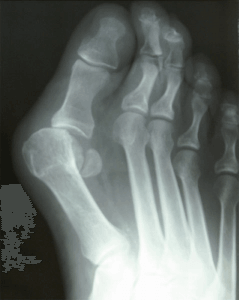
I have been practicing medicine now for about 15 years and like to look back from time to time on how it has changed. Currently there is a lot of talk about the Lapiplasty bunion and bunion surgery in general. I thought I would take a few minutes and discuss this topic.
Bunion surgery continues to be one of the most common foot surgeries in the United States if not the most common. I believe the last statistic I read was something like almost 350,000 operations per year. It is hard to believe there are that many bunions out there!
The most utilized bunion surgery is the Austin bunionectomy. This is for a couple reasons. One can correct the vast majority of bunions whether small or large. It has a much faster recovery and is technically not as challenging as other operations. It involves the cutting of the metatarsal head in a chevron pattern and shifting that bone medially. It is usually fixated in place with a few screws. Patients can bear weight immediately and are typically in a walking boot for 4-8 weeks. It has good long term results and will probably continue to be the most common bunionectomy for that reason.
The other most talked about bunion procedure is the Lapidus bunionectomy or the Lapiplasty. This procedure is the choice for very large bunions or juvenile bunions. It is technically more challenging but provides for excellent correction. This involves fusion of the metatarsal cuneiform joint to realign the metatarsal. It usually involves a period of non weight bearing from 3-8 weeks. The long term results are excellent.
That begs the question: which procedure is best for bunion patients? Well the answer is not simple. It really involves a couple key considerations. First being how does the rest of the foot look and how much motion do we have through the 1st metatarsal? Second is patient age and activity level. Third would be overall general health of the patient and bone quality. I recommend seeing a surgeon that performs a lot of bunion surgeries as their outcomes will be better.
If you have a bunion and would like to know your options and have it evaluated schedule, make an appointment with me and I will help you.
Sincerely,
Board Certified Physician & Surgeon
Issaquah’s Top Podiatrist & Foot/Ankle Surgeon
Dr Brandon Nelson, A Board Certified Physician & Surgeon, Discusses Why the Lapiplasty Procedure for Bunion Surgery Is His Preferred Method
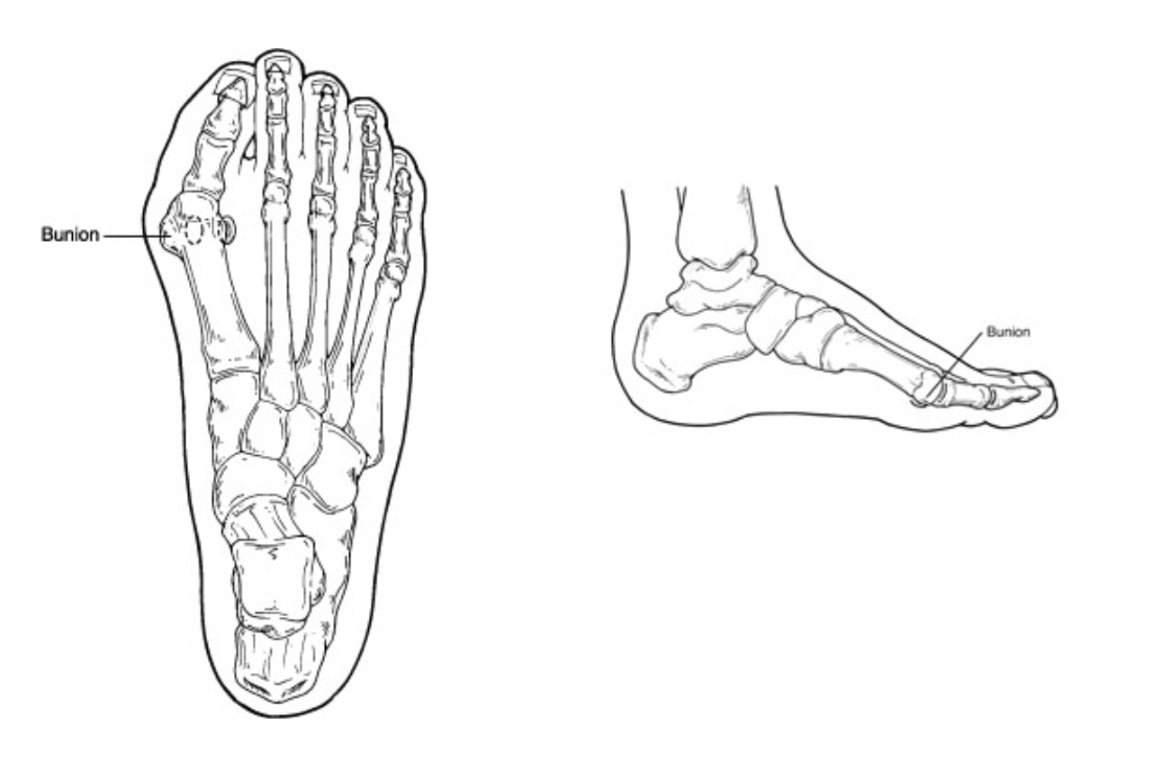
Bunion surgery has been around for over 100 years. There are many techniques that have been utilized for correction of a bunion. The majority involve cutting a bone and realigning a joint. The goal of these surgeries are to straighten the 1st metatarsal and eliminate the deviation of the bone. Today with new research and modern technology we have a better understanding of function anatomy and have begun to look at bunion surgery outcomes. This has led the majority of us surgeons to utilizing the Lapiplasty technique for better long term outcomes.
I personally have been a Lapidus surgeon for over 15 years. I trained in the Northwest and have had the opportunity to work with some of the pioneers of bunion surgery. We have seen through research that the Lapidus procedure holds up the best over time. The long term outcomes show very little recurrence and better overall patient happiness. The lapiplasty system has allowed us to take the lapidus bunion procedure and make it more reproducible.
Lapiplasty is a system created by Treace Medical that has taken some of the technically challenging parts of the lapidus bunionectomy and simplified them. It has a system of cutting jigs and guides that make it simple to correct the bunion. I find patients are extremely happy and have seen incredible long term results. If you have a bunion schedule and appointment with me, I can help you review your options. Give us a call at 425-391-8666 or make an appointment online today.
Sincerely,
Dr Brandon Nelson, A Board Certified Physician & Surgeon, Discuss the Lapiplasty Bunion Procedure

I have been operating on bunions now for over 15 years and have performed 1000’s of bunionectomies. I continue to enjoy working on bunions as the surgical results are satisfying for both the patient and physician. Bunions come in all sizes and present in all ages from teenagers to adults. Many patients seek out care for bunions and some choose to have them fixed. It is important to note that not everyone is a surgical candidate and not every bunion requires surgical intervention.
Surgical care for a bunion can provide excellent results. One of the most common procedures is the Lapiplasty bunionectomy. It has shown exceptional follow up and long term outcomes. I find the Lapiplasty to be very reproducible and have high patient satisfaction. It is not appropriate on every patient nor is it the only bunion procedure I find highly successful.
My office has an onsite surgical center that we utilize for bunion surgery. It is a significant cost savings and time savings for patients. It utilizes monitored anesthesia care with a nerve block of the lower extremity. If you have a bunion and would like a consultation please feel free to call the office at 425-391-8666 or schedule an appointment online.
Sincerely,
Dr Brandon Nelson, A Board-Certified Physician & Surgeon, Discusses The Newest Bunion Surgery Technique
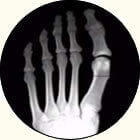
Bunions can be quite painful for many people. They can begin to interfere with activities and make exercising difficult. Additionally, it can become difficult to find shoe gear that fits properly. Most bunions are a genetic condition that is inherited and develops with time and loading of the foot. Many bunions get bigger as time goes on and eventually require surgical repair. Surgery for a bunion can be broken down into two categories what are called head procedures and base procedures. Today I will only discuss a base procedure as this seems to be the most common question lately.
Base procedures are often used for large bunions and can be a powerful tool to correct the foot. The base procedure is usually further divided into joint sparing procedures and joint destructive procedures. The most asked about procedure currently is the Lapiplasty. The Lapiplasty is a procedure based off a technique described by Paul Lapidus. It involves removing a joint in the foot that is the apex of the bunion deformity. The reason this procedure is so effective is it eliminates the primary cause of the bunion, the hypermobile joint that initiated the development of the bunion.
Lapiplasty is a tool set that is provided to make the Lapidus bunion surgery easier. This is a technique that has been utilized for years however this instrument set is the first of its kind and has helped make this procedure more reproducible. This is the most common bunion procedure I execute as it has great correction and great long-term outcomes. If you have a bunion and would like a consultation, make an appointment today and I can help.
Give us a call at 425-391-8666 or make an appointment online.
Sincerely,
Board Certified Physician and Surgeon
Dr. Brandon Nelson Discusses Bunion Surgery and What You Need to Know
.jpg)
People with a painful bunion often begin to contemplate bunion surgery. Bunion surgery is a great option for patients who are wish to relieve symptoms cause by bunions.
There are many different types of bunion surgeries. Bunion surgeries are based on the size of the bunion and the individual foot structure. The majority of bunion surgeries require and incision on the top of the big toe joint. The procedure then involves removing and realigning bone and soft tissue of the big toe joint. If any other foot issues are present, like a flatfoot, these should be fixed at the same time.
Scheduling an appointment to have your bunion evaluated is the first step. Dr. Nelson will discuss your x-rays and all of your options. He will present both conservative and surgical and help you determine what is best. Some common questions include:
-Surgery is done one foot at a time
-The majority of bunion surgeries are less than 2 hrs
-Patients are sedated during the procedure and this is done in the office
-Pain medication will be prescribed for when the nerve block wears off
-Walking without crutches is possible for most people
The recovery can vary from patient to patient. However, most people can bear weight after the procedure. It is important to follow all post-op instructions carefully. If you have a painful bunion and want to know what options are available and live in Issaquah, Sammamish, Snoqualmie, Bellevue, Seattle, Kirkland or Maple Valley give us a call so we can help.
Give us a call today at 425-391-8666 or make an appointment online.
Dr. Brandon Nelson Discusses How to Find The Best Bunion Surgeon
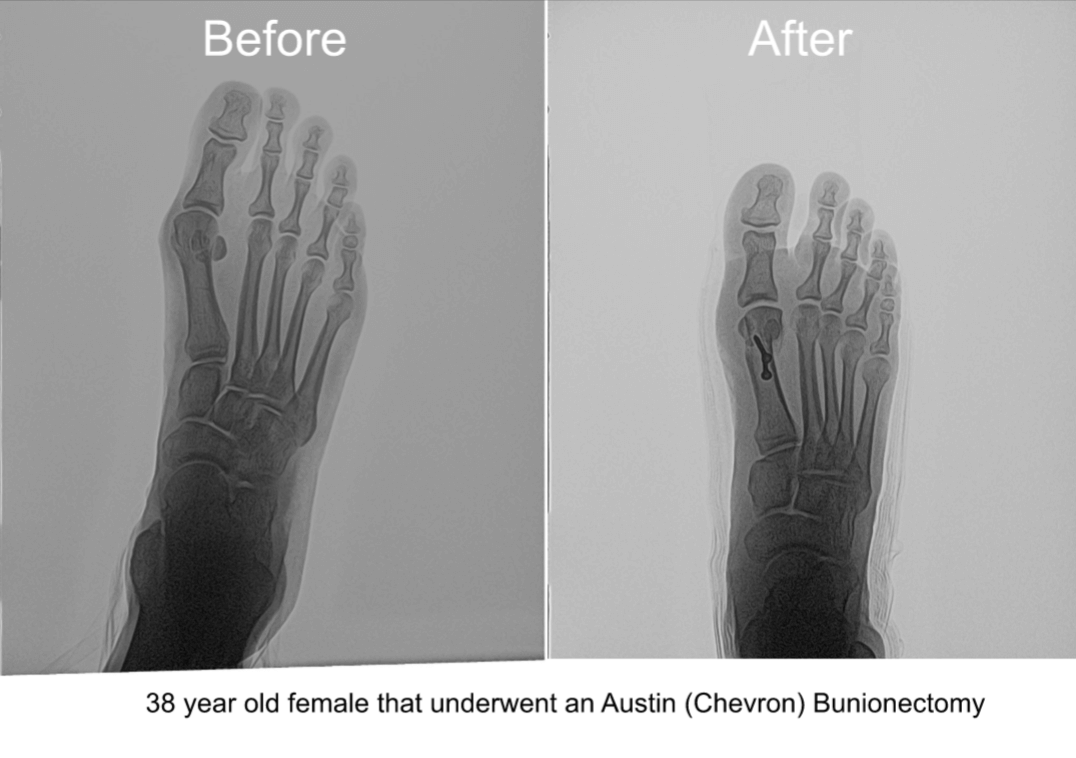
Bunion surgery can be a complex surgery. It depends on the nature of the bunion deformity and the overall foot structure. There are many factors that go into bunion deformity correction. Complicating factors can include overall flatfoot for high arch foot or lesser digital deformities including hammertoes. However some bunions are straightforward and are easily corrected. It is important to see a foot and ankle specialist that does or has done a large number of bunion deformities.
I also recommend trying to find a physician that has a surgery center as this is a huge cost-savings and time-savings for the patient. The majority of bunion procedures can be divided into head procedure or base procedure. The larger bunion deformities require base procedure and a smaller bunion deformity can be corrected with a head procedure. I also recommend patients make a list of questions regarding their foot in the overall correction recovery process. It is very important that patients choose a physician that they are comfortable with. I currently have been practicing for about 15 years and have fixed too many bunions count. If you have a bunion deformity and are contemplating getting it corrected nursing once available for conservative measures give us call today at 425-391-8666 or make an appointment online.
Dr. Brandon Nelson Discusses the Best Options for Bunion Surgery

Contemplating bunion surgery can be an overwhelming task. Often times we see patients that have visited multiple practitioners. The best piece of advice I can give my patients is to be comfortable with the physician. There are many different types of bunion surgeries. The majority of bunion procedures can be broken up to either head or base procedures. The way to think about it is really large bunion deformities as base procedures and smaller bunion deformities can utilize head procedures.
The most common head procedures performed are the Austin bunionectomy or some form of a Chevron osteotomy. The most common of base type procedure is the Lapidus or arthrodesis of the metatarsal cuneiform joint. The procedure performed really dictates the postoperative recovery. The majority of patients we see are walking within the first week and usually do not take more than 3-5 days off of work. Another great things about Issaquah Foot and Ankle Specialists is we have an on-site surgery center which really reduces the cost and time. If you are contemplating bunion surgery we would happily discuss it with you and help you come up with the best available options.
Give us a call at 425-391-8666 or make an appointment online today.
Dr. Nelson Discusses When to Have Bunion Surgery

The most common surgical procedure I perform by far is a bunionectomy. The bunionectomy procedure itself can be very rewarding for patients and physicians like. Often times patients come in with a significant amount of foot pain and a history of multiple conservative modalities have been attempted all to no avail. These people are obviously good candidates for surgical correction. Additionally I see a lot of patients that are currently not in pain however have a hard time fitting shoe gear or have a large bunion a family history of bunion deformities.
Surgical intervention is often warranted for patients that have a family history of bunion deformities or have a hard time fitting in shoes. A few patients come in with a large bunion that doesn’t have pain. Initially it is important to evaluate the patient from a clinical standpoint and radiographic standpoint. Often times on the x-ray we’ll see the beginning of arthritis and correcting the bony can help reduce the chance of long-term arthritic changes. I recommend patients that have a bunion to release be evaluated. That way we can at least implement conservative measures.
Dr. Brandon Nelson Discusses How to Get the Most Out of Your Bunion Surgery
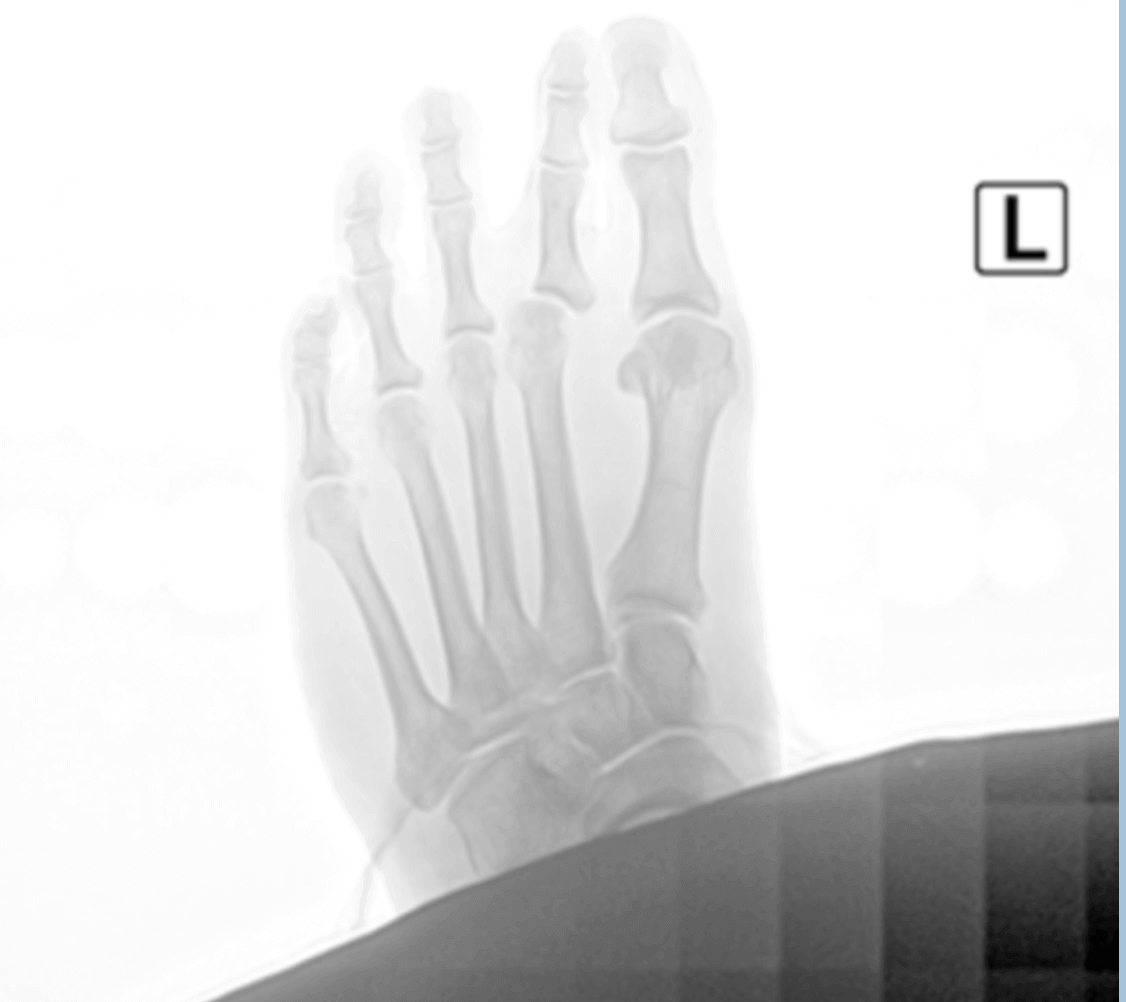
At Issaquah Foot and Ankle Specialists we average about 3-5 bunion surgeries every week. We find a lot of variation in bunion deformities from pediatrics bunion to Tailor's bunions. Bunions can have many different causes and it’s important to address all these deforming forces in order to maximize outcomes. Some people benefit from what's called a distal or metatarsal head procedure, others will need a more proximal or base procedure.
The majority of bunion procedures we performed patients are usually walking the first day after surgery. The limiting factor is usually swelling or pain at the operative site. We try to encourage patients to ambulate early and do functional range of motion quickly to maximize outcomes. The majority of bunion surgeries we provide at our clinic have great and quick outcomes. If you have bunion pain additionally we have many conservative options that we can provide for patients.



